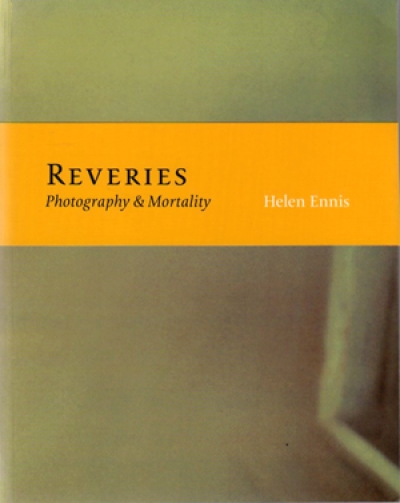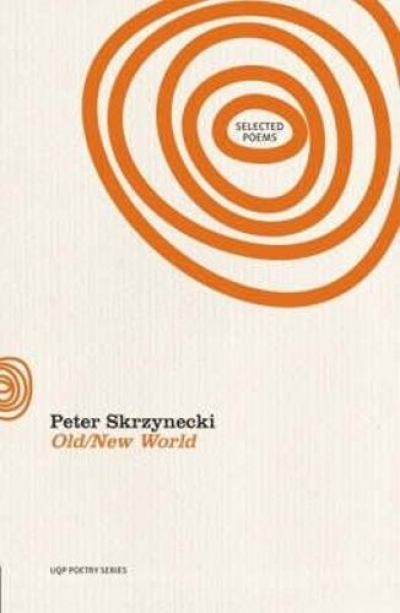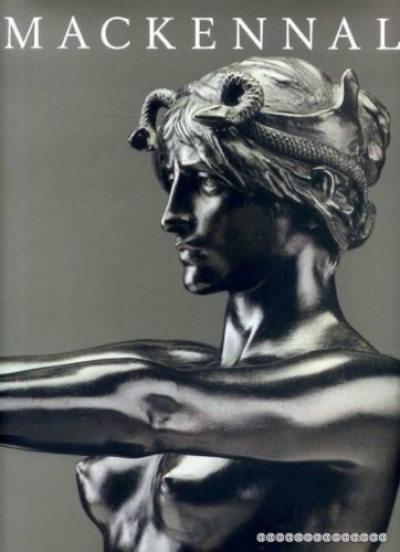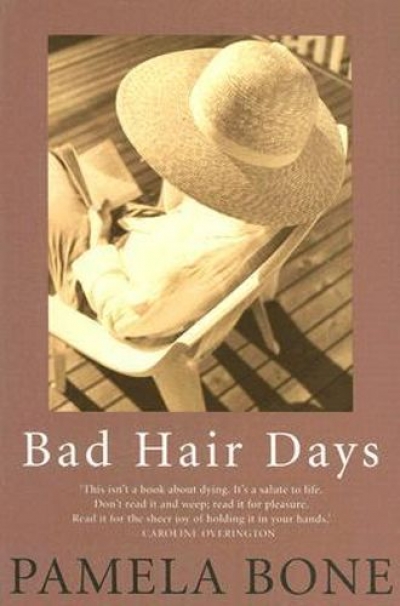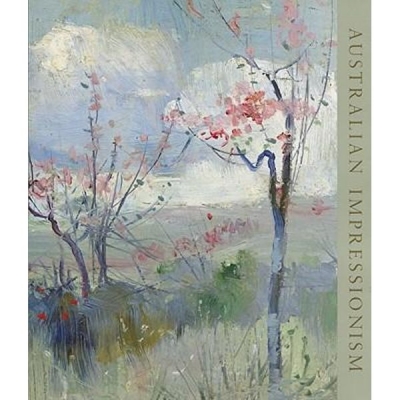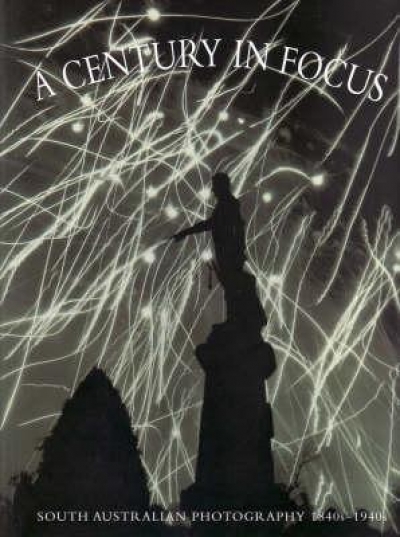Archive
The mouth of a little fish had just sipped away a star
from the river, and a lyrebird was opening the day,
volunteering to be a bell. We were watching an egret
1 preface
I could, if you prefer, create a list
like a birdwatcher, concealed
in a reedy hide, with binoculars,
field guide and record book, a mnemonic
of migration lines, our lines of sight,
a cladogram of our evolving past.
Lifelong love of books
Dear Editor,
Ruth Starke’s review of my book Stories, Picture and Reality: Two Children Tell (October 2007) is a competent, even enthusiastic, summary of the book’s main points, with emphasis on its uniqueness (starting with infants and books, and including siblings). She notes that no other male child has been studied in this way.
... (read more)Bertram Mackennal: The Fifth Balnaves Foundation Sculpture Project by Deborah Edwards
A Century in Focus: South Australian Photography 1840s-1940s by Julie Robinson and Maria Zagala
Critical blackout
The Sydney Morning Herald’s film reviewer Paul Byrnes has won The Pascall Prize and has been named Critic of the Year. The award, established in memory of Geraldine Pascall, an Australian journalist, was announced in Sydney on September 25. It is worth $15,000. This year’s winner seems to share ABR’s concern about the deleterious nexus between critical values and commercial imperatives. Accepting the prize, Paul Byrnes declared that serious film criticism was in danger of dying out. ‘What has happened in the last thirty years,’ he said, ‘is that great films and great box office have become entwined in a way they never were before. Since Star Wars and Jaws, the balance between audience, critic and film has shifted to the extent that much of the public now believes that a great film can’t be great unless the box office makes it great.’
... (read more)
